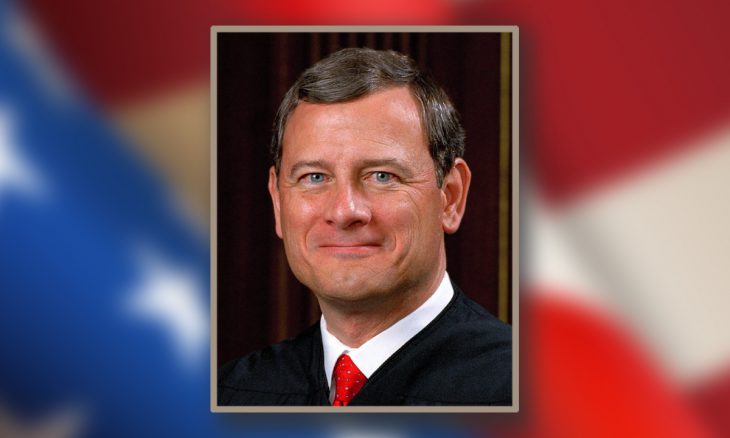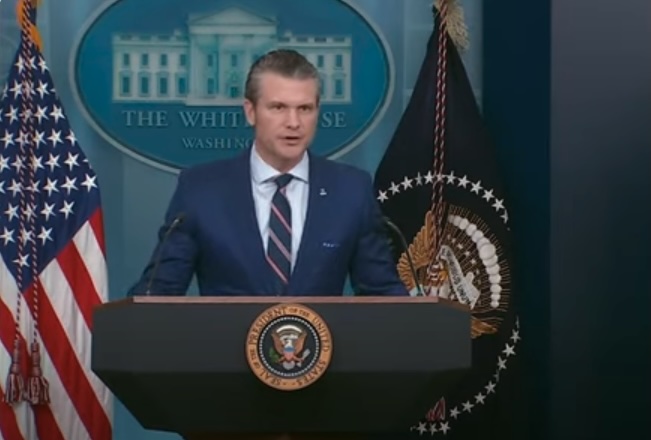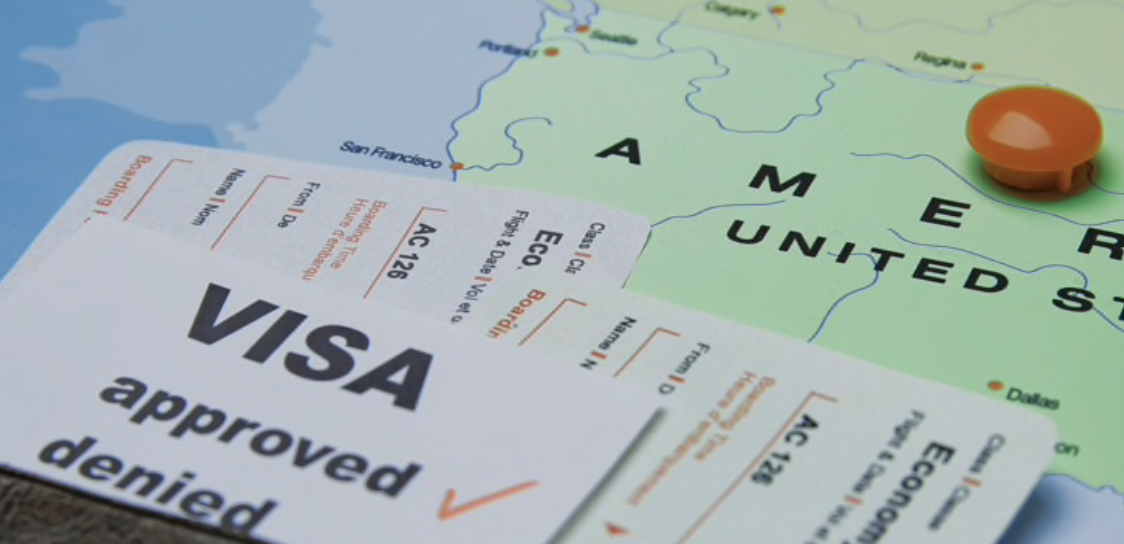Chief Justice John Roberts
Supreme Court of the United States
John Glover Roberts, Jr., was born in January 1955 in Buffalo, New York, and grew up in Indiana. He earned an undergraduate degree from Harvard College and was preparing to pursue a Ph.D. in history but decided to attend Harvard Law School instead where he received his Juris Doctor. He clerked at the Second Circuit U.S. Court of Appeals, then clerked for Justice William Rehnquist of the Supreme Court.
He served as a special assistant to the U.S. Attorney General William French Smith and was then an associate with the White House Counsel during President Reagan’s administration. He entered private practice in Washington, D.C. He joined the administration of President George H.W. Bush as Principal Deputy Solicitor General. At the end of that administration, he returned to private practice.
Roberts was nominated by President George W. Bush to a seat on the U.S. Court of Appeals for the D.C. Circuit. After his first nomination was allowed to expire by the Senate, he was renominated, confirmed by the Senate, and received his commission in June 2003. In June 2005, President Bush named Roberts to fill a Supreme Court vacancy created by the retirement of Justice Sandra Day O’Connor. While his nomination was pending, Chief Justice Rehnquist died. Two days later, President Bush withdrew Roberts’ nomination as O’Connor’s successor and announced Roberts’ new nomination to the position of Chief Justice. He was confirmed by the Senate and took his oath of office in September 2005.
Roberts is married to Jane Sullivan and they have two adopted children. He is Catholic.
In the News…
Supreme Court Chief Justice John Roberts wrote the decision upholding a federal law that prohibits anyone who is subject to a domestic violence restraining order from gun possession.
The chief justice wrote that courts considering firearm restrictions need to determine “whether the new law is ‘relevantly similar’ to laws that our tradition is understood to permit, applying faithfully the balance struck by the founding generation to modern circumstances.”
Chief Justice Roberts stated in the reversal of the circuit court’s opinion that “some courts have misunderstood the methodology of our recent Second Amendment cases,” and that “if laws at the founding regulated firearm use to address particular problems, that will be a strong indicator that contemporary laws imposing similar restrictions for similar reasons fall within a permissible category of regulations.”
He concluded, from the founding of the United States, “Firearm laws have included provisions preventing individuals who threaten physical harm to others from misusing firearms… When an individual poses a clear threat of violence to another, the threatening individual may be disarmed.”
Contact this Leader…
Did you pray for Chief Justice Roberts today? You can let him know at:
The Honorable Chief Justice John Roberts
Supreme Court of the United States
1 First Street NE
Washington, DC 20543









